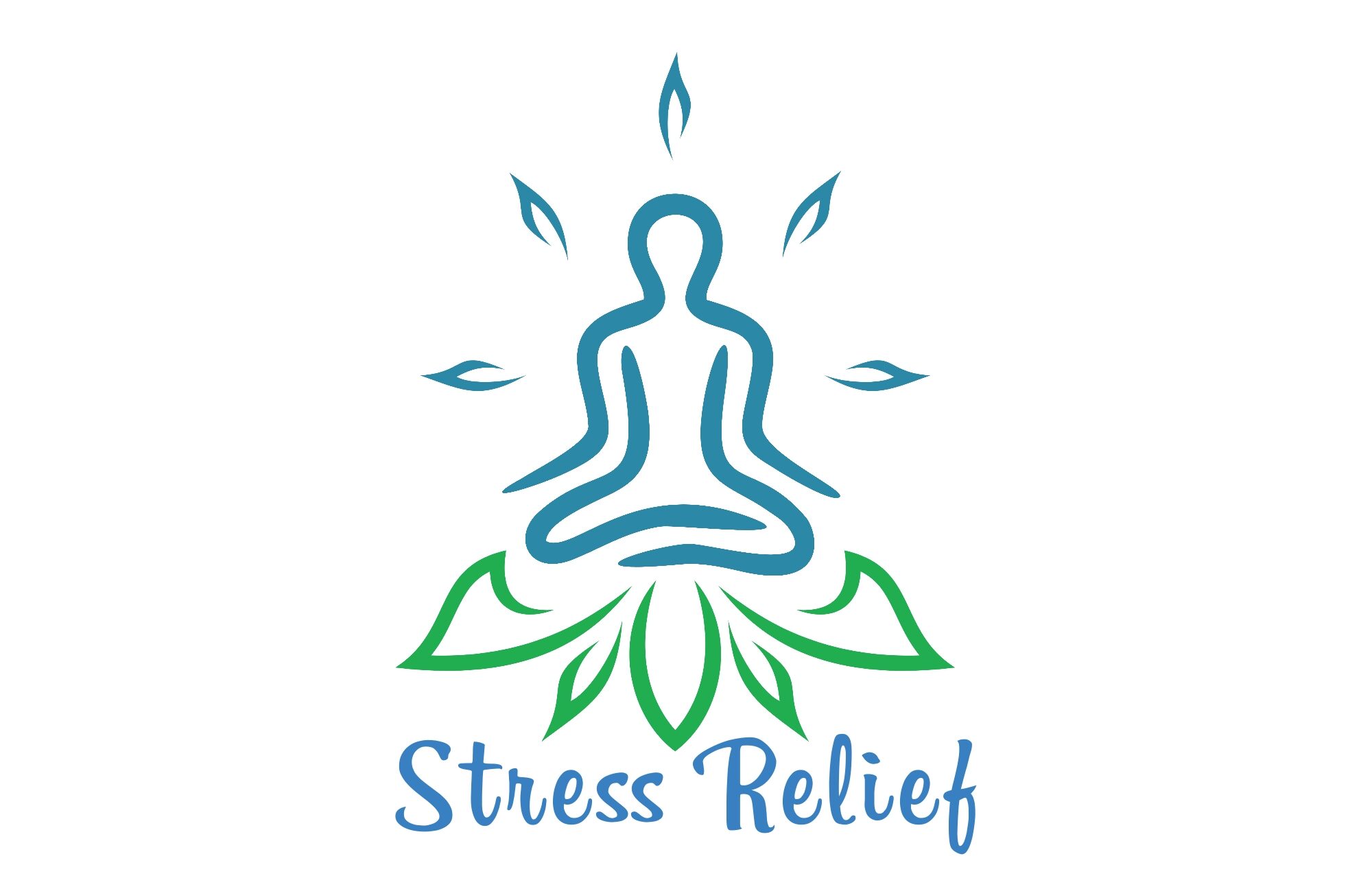Guided Meditation for Stress Relief
In today’s fast-paced world, stress has an inevitable part of our lives. From work pressures to personal responsibilities, the demands of modern life can often leave us feeling overwhelmed and anxious. That’s where guided meditation comes into play. Guided meditation practices have gained popularity as effective tools for stress relief and relaxation. This article will explore the benefits of guided meditation for stress relief and provide step-by-step instructions on how to incorporate these practices into your daily routine.

1. Understanding Guided Meditation
Before we dive into the techniques, it’s crucial to understand what guided meditation is all about. Guided meditation is a form of meditation where a trained practitioner or a recorded audio guides you through the process. It involves focusing your attention and following the instructions provided, which helps create a state of deep relaxation and inner peace.
1.1 The Benefits of Guided Meditation For Stress Relief
Guided meditation offers a multitude of benefits, especially when it comes to reducing stress levels. Some of the key advantages include:
- Reduced Anxiety: Guided meditation has been proven to alleviate symptoms of anxiety by calming the mind and promoting relaxation.
- Improved Sleep Patterns: Regular practice of guided meditation can help improve the quality of your sleep, ensuring you wake up feeling refreshed and rejuvenated.
- Enhanced Emotional Well-being: By practicing guided meditation, you can gain better control over your emotions and experience a greater sense of calm and contentment.
- Increased Focus and Clarity: Guided meditation helps sharpen your focus and improves mental clarity, allowing you to tackle challenges with a clear mind.
- Stress Reduction: One of the primary benefits of guided meditation is its ability to reduce stress levels. It activates the body’s relaxation response, counteracting the harmful effects of chronic stress.
2. Getting Started with Guided Meditation for Stress Relief
Now that you understand the benefits, let’s explore how you can incorporate guided meditation into your daily routine for stress relief.

2.1 Find a Quiet and Comfortable Space
To begin your guided meditation practice, find a quiet and comfortable space where you won’t be disturbed. Ensure that the lighting is soft and the temperature is pleasant, creating an environment conducive to relaxation.
2.2 Choose a Guided Meditation Resource
There are numerous resources available for guided meditation, from mobile apps to online platforms. Choose a resource that resonates with you, offering guided meditation sessions suited to your needs and preferences.
2.3 Select a Time Frame
Decide on the duration of your guided meditation practice. Beginners may choose shorter sessions, gradually increasing the time as they become more comfortable. Aim for at least 10-15 minutes initially, gradually working your way up to longer sessions.
2.4 Get Comfortable and Relax
Find a comfortable position—either sitting or lying down—and close your eyes. Take a few deep breaths, focusing on your inhalations and exhalations. Allow your body to relax, releasing any tension or stress.
2.5 Follow the Guided Meditation
Begin playing the guided meditation audio or follow the verbal instructions provided. Pay close attention to the voice guiding you, following their cues and suggestions. Allow yourself to fully immerse in the meditation experience.
2.6 Cultivate a Non-judgmental Attitude
During guided meditation, it’s crucial to cultivate a non-judgmental attitude towards your thoughts and feelings. Rather than criticizing yourself for wandering thoughts, gently guide your focus back to the present moment and the instructions provided.
2.7 Practice Regularly
Consistency is key when it comes to guided meditation. Aim to practice daily, even if it’s for a short duration. As you make guided meditation a habit, you’ll notice its positive effects becoming more pronounced in your daily life.
3. Relaxing the Mind and Body
The Power of Breath
One of the foundational techniques in guided meditation for stress relief is focusing on the breath. By bringing our attention to the rhythm of our breath, we can anchor ourselves in the present moment and invite a deep sense of relaxation. Here’s a step-by-step guide to harnessing the power of breath:

- Find a comfortable position, either sitting or lying down. Close your eyes and take a few deep breaths.
- Observe your natural breathing pattern, without attempting to change it. Feel the sensation of the breath entering and leaving your body.
- Begin to lengthen your breath, inhaling deeply through your nose and exhaling slowly through your mouth. Count your breaths if it helps maintain focus.
- As thoughts or distractions arise, acknowledge them without judgment and gently guide your attention back to your breath.
- Practice this technique for a few minutes, gradually increasing the duration as you become more comfortable.
Progressive Muscle Relaxation
Tension often manifests in our bodies when we are stressed. Progressive muscle relaxation is an effective guided meditation practice that involves systematically tensing and releasing different muscle groups, producing a deep sense of physical and mental relaxation. Try the following steps:
- Find a quiet space and get comfortable. Close your eyes and take a few deep breaths.
- Start with your toes, intentionally tensing the muscles in that area for a few seconds. Then, release the tension and feel the sensation of relaxation spreading through your toes.
- Gradually work your way up, tensing and releasing each muscle group: feet, calves, thighs, abdomen, chest, arms, shoulders, and finally, your face.
- As you move through each muscle group, pay attention to the contrast between tension and relaxation, savoring the release of stress.
- Take a few moments to enjoy the overall feeling of relaxation in your body before gently opening your eyes.
4. Visualization Techniques

Nature Retreat
Nature has a remarkable ability to soothe our souls and calm our minds. Visualization techniques allow us to tap into the healing power of nature, even if we can’t physically be there. Follow this visualization exercise for a virtual nature retreat:
- Find a quiet space and sit in a comfortable position. Close your eyes and take few deep breaths.
- Picture yourself in a serene natural setting of your choice—whether it’s a beach, forest, or mountain.
- Engage all your senses to create a vivid mental image: feel the warmth of the sun, hear the sounds of nature, smell the fresh air, and even taste the crispness of the surroundings.
- Allow yourself to explore this virtual retreat, immersing yourself fully in its beauty and tranquility.
- Whenever distractions arise, gently guide your focus back to the sensations of the nature retreat, basking in its peaceful ambiance.
Loving-Kindness Meditation
When stress weighs heavily on our hearts, practicing loving-kindness meditation can help cultivate feelings of compassion and connection. This guided meditation involves directing well-wishes towards ourselves and others, fostering empathy and emotional well-being. Follow these steps to embark on a journey of love and kindness:
- Find a quiet and comfortable space. Close your eyes and take a few moments to center yourself with deep breaths.
- Begin by directing loving-kindness towards yourself. Silently repeat phrases such as, “May I be happy, may I be healthy, may I live with ease.”
- Gradually extend these well-wishes to people you care about, starting with someone close to you, then a neutral person, and finally, a challenging person in your life. Repeat the phrases for each individual.
- As you send loving-kindness to others, imagine them surrounded by a warm and radiant light, bathing them in positivity and healing.
- End the meditation by extending loving-kindness to all beings, embracing a sense of unity and interconnectedness.
5. Incorporating Guided Meditation Into Your Routine
Creating Sacred Space
To fully immerse oneself in the practice of guided meditation, it’s helpful to create a dedicated space that inspires tranquility and supports deep relaxation. Consider these suggestions for cultivating a sacred meditation space:
- Choose a quiet corner of your home where you can sit or lie down comfortably.
- Decorate the space with objects that bring you joy and calmness, such as candles, plants, or meaningful artwork.
- Use soft lighting, either with natural daylight or warm-toned artificial lights, to create a soothing ambiance.
- Consider playing gentle instrumental music or nature sounds to enhance relaxation.
- Disconnect from distractions, such as phones or other electronic devices, during your meditation practice to maintain focus and presence.
Finding Guidance with Meditation Apps and Online Resources

In today’s digital age, numerous meditation apps and online resources offer guided meditations to support your stress relief journey. Here are a few highly recommended options:
- Calm: Calm provides a vast library of guided meditations designed to reduce stress and anxiety, with options for various experience levels.
- Headspace: Headspace offers guided meditations that cater to different needs, including stress reduction and improving sleep quality.
- Insight Timer: Insight Timer is a community-driven meditation app offering a plethora of guided meditations, music, and talks, with options for personalization.
6. Additional Tips for Successful Guided Meditation
Here are a few additional tips to enhance your guided meditation practice and maximize stress relief:
6.1 Create a Routine
Establish a fixed time and place for your guided meditation practice. Having a routine will make it easier to incorporate meditation into your daily life, ensuring you don’t skip sessions due to a lack of time or motivation.
6.2 Experiment with Different Styles
Explore various styles of guided meditation to find what resonates with you. Some people prefer visualization exercises, while others may find mindfulness-based practices more effective. Experimentation will help you discover the techniques that work best for you.
6.3 Use Props and Aids
Enhance the effectiveness of your guided meditation practice by incorporating props and aids. Essential oils, calming music, or a comfortable cushion can create a more immersive and relaxing experience.
Conclusion
Incorporating guided meditation practices into your daily routine can have a profound impact on your overall well-being, especially when it comes to stress relief. By following the step-by-step techniques outlined in this article, you’ll be able to embrace the benefits of guided meditation and experience a greater sense of calm, clarity, and contentment in your life.
FAQs (Frequently Asked Questions)
Q1. Can I practice guided meditation if I have never meditated before?
Absolutely! Guided meditation is an excellent starting point for beginners as it provides clear instructions and guidance throughout the practice.
Q2. How long do I need to practice guided meditation to see results?
The duration varies from person to person. Consistency is more important than the length of each session. Aim for daily practice and be patient with the process.
Q3. Can guided meditation be done in a group setting?
Yes, guided meditation can be practiced individually or in a group setting. Group sessions can be beneficial as they create a supportive and communal atmosphere.
Q4. Can guided meditation help with physical pain relief?
While not a substitute for medical treatment, guided meditation has been known to help manage chronic pain by promoting relaxation and reducing stress levels.
Q5. Can I practice guided meditation at any time of the day?
Absolutely! Guided meditation can be practiced at any time that suits you best. Find a time when you’re least likely to be disturbed and can fully immerse yourself in the practice.
Remember, the key to successful guided meditation is consistency, patience, and an open mind. Embrace this stress-relieving technique into your daily routine and let go of the pressures that weigh you down.




